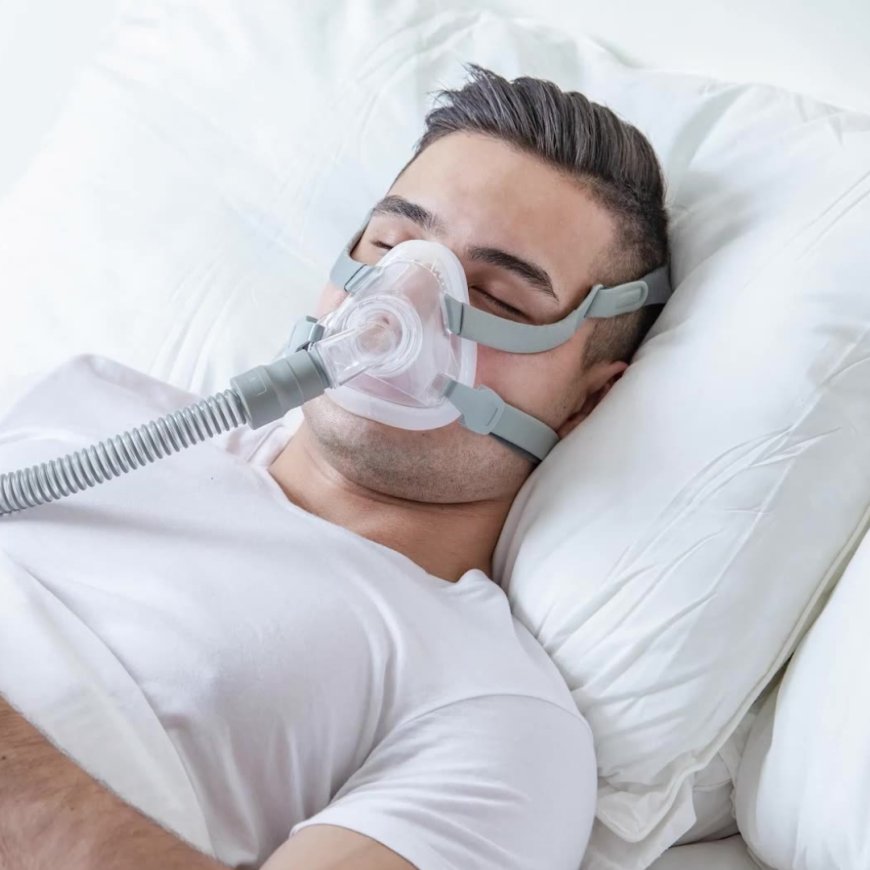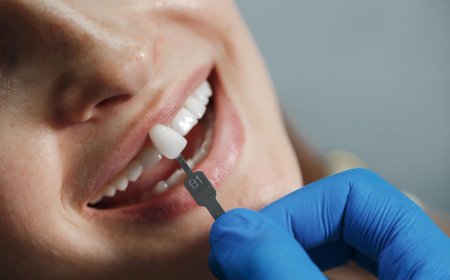CPAP Masks: Compare the Top Styles and Find Your Perfect Fit

Choosing the rightCPAP masks isnt just a comfort issue its the key to making sleep apnea therapy work. Whether youre new to CPAP or replacing an old mask, understanding the different types, features, and fit options can make the difference between success and failure.
Heres a straightforward guide to help you compare the most popular CPAP mask styles and pick the one that fits your face, sleep style, and breathing needs.
Why the CPAP Mask Is So Important
A CPAP machine works by delivering steady air pressure to keep your airway open during sleep. But the mask is the part you wear. If it leaks, feels uncomfortable, or doesnt match your sleep habits, youre more likely to quit therapy and that puts your health at risk.
So before you dive into brands and accessories, you need to choose the right style of mask.
The Three Main Types of CPAP Masks
1. Nasal Pillow Masks
What they are: Small, lightweight masks with two soft prongs (pillows) that fit directly into your nostrils.
Pros:
-
Minimal contact with your face
-
Ideal for glasses wearers and TV watchers
-
Great for side and stomach sleepers
-
Low-profile and discreet
Cons:
-
Not ideal for high pressure settings
-
May cause nasal dryness if not used with a humidifier
Best for: Light sleepers, frequent movers, people who feel claustrophobic in larger masks.
2. Nasal Masks
What they are: A triangular mask that covers the nose only.
Pros:
-
Stable and secure fit
-
Works well at a range of pressure levels
-
More natural airflow through the nose
-
Often more comfortable than full-face options
Cons:
-
Can leak if you move a lot at night
-
Not ideal for mouth breathers unless used with a chin strap
Best for: Nose breathers, back or side sleepers, users needing moderate to high pressure.
3. Full-Face Masks
What they are: Larger masks that cover both the nose and mouth.
Pros:
-
Ideal for mouth breathers or people with nasal congestion
-
Delivers consistent pressure, even if you breathe through your mouth
-
Secure seal for high-pressure settings
Cons:
-
Heavier and bulkier
-
Can feel claustrophobic
-
May shift or leak if you sleep on your side
Best for: Mouth breathers, back sleepers, users with severe sleep apnea.
CPAP Mask Comparison Chart
| Feature | Nasal Pillow Mask | Nasal Mask | Full-Face Mask |
|---|---|---|---|
| Size/Weight | Minimal | Moderate | Bulky |
| Contact With Face | Very Low | Medium | High |
| Mouth Breathing Support | No (needs chin strap) | No (needs chin strap) | Yes |
| Pressure Tolerance | Low to Medium | Medium to High | High |
| Claustrophobia Risk | Very Low | Low | Higher |
| Sleep Position Flexibility | High | Medium | Low (best on back) |
| Glasses Friendly | Yes | Sometimes | Rarely |
Key Features to Look For in Any CPAP Mask
Once you choose your mask style, these features will help fine-tune your choice:
-
Cushion Material: Most masks use silicone, but memory foam and gel cushions can offer better comfort and seal.
-
Headgear Design: Look for adjustable, soft straps with a stable fit. Magnetic clips make removal easier.
-
Vent Placement: Quiet vents that diffuse air away from your bed partner are ideal.
-
Tubing Connection: Some masks route tubing over the head, which can help reduce drag and let you move more freely.
-
Ease of Cleaning: Simple designs with fewer parts are faster to clean important for daily use.
Signs Your CPAP Mask Doesnt Fit Right
A proper-fitting mask should be quiet, secure, and barely noticeable. If youre experiencing any of the following, its time for a change:
-
Air leaks around the eyes, nose, or mouth
-
Waking up with dry mouth or nose
-
Frequent removal of the mask during sleep
-
Red marks, pressure sores, or skin irritation
-
Claustrophobia or anxiety when wearing the mask
Tips for First-Time CPAP Users
-
Give it a week. The first few nights might be tough, but your body will adjust.
-
Test before bed. Wear the mask while watching TV or reading to get used to the feel.
-
Stay clean. Wash your cushion and headgear regularly to maintain performance and hygiene.
-
Dont overtighten. A tighter mask isnt always better too much pressure can cause leaks.
-
Ask about trials. Many suppliers offer 30-day exchanges so you can find your perfect fit without risk.
When to Replace Your Mask
Your CPAP mask wont last forever. Over time, seals weaken, straps stretch, and performance drops. Follow this replacement schedule for best results:
-
Cushions/Pillows: Every 24 weeks
-
Headgear: Every 36 months
-
Mask Frame: Every 6 months
Dont wait until the mask fails regular replacement keeps your therapy effective.
Final Take: One Size Doesnt Fit All
Everyones face, sleep style, and breathing habits are different. Thats why theres no best CPAP mask theres only the best CPAP mask for you.
Try different types. Ask questions. Pay attention to how you sleep. When you find the right mask, CPAP therapy goes from frustrating to life-changing.









































